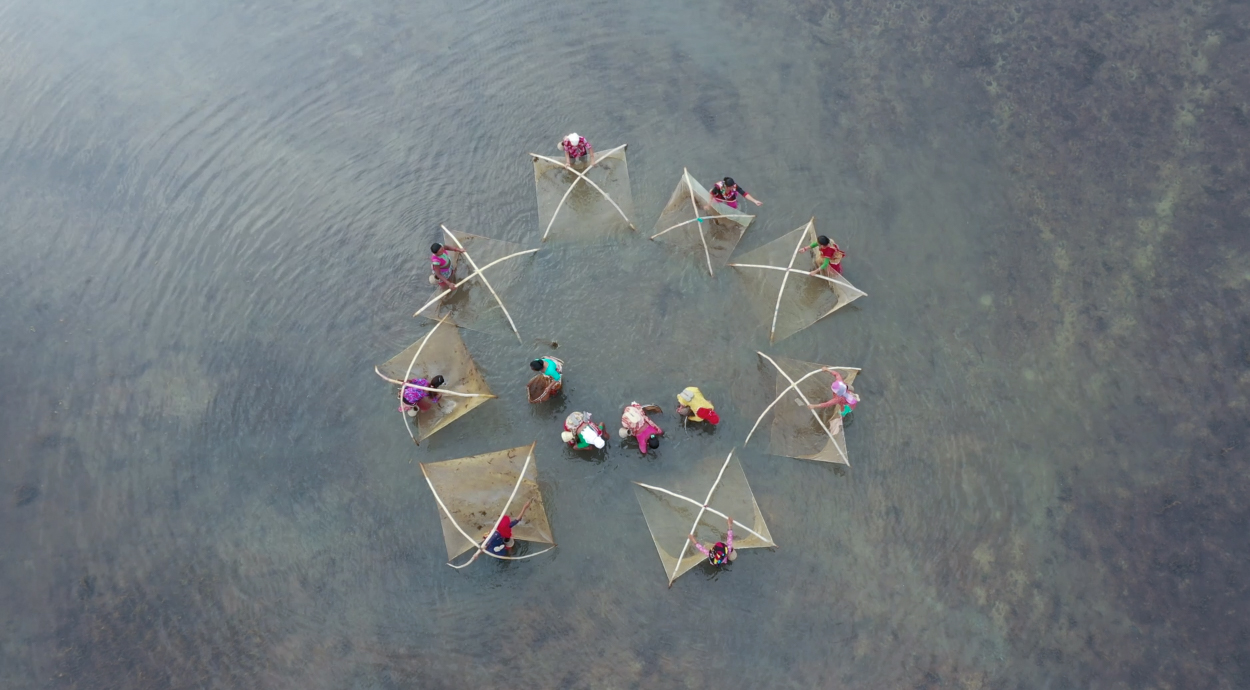
Nepal is globally important in terms of freshwater biodiversity with almost 1 million hectares of freshwater habitats, encompassing many types, both natural (glaciers and glacial lakes, small to large perennial and intermittent rivers, lakes, springs, swamps, and wetlands) and man-made (reservoirs, ponds, irrigated rice paddies). From a biodiversity perspective, the country contains large numbers of freshwater species, including endemic species that occur nowhere else in the world. The most unique feature of Nepal’s freshwater diversity is the transition from alpine to tropical ecosystems over very short distances. This phenomenally rapid change in aquatic systems makes Nepal a globally important laboratory for freshwater biodiversity. Almost as dramatic as the elevational relief is the extreme temporal variation in precipitation and character of freshwater ecosystems between the monsoon and dry seasons. Nepal’s iconic freshwater species include the Ganges River Dolphin, Gharial, Marsh Crocodile, and the Indian Rhinoceros which depend heavily on freshwater ecosystems, and are at risk of extinction if not conserved. Estimates of the number of fish species in Nepal range from 185 to 230), and more species remain to be described, especially in the western regions. Nepal’s fishes vary from small, short-lived species (e.g., Danio rerio that reaches 26 mm) to some of the world’s largest freshwater fishes (e.g., Gonch that can attain 80 kg). Reptile and amphibian species are globally significant in Nepal, with 10 endemic species. The Lower Gangetic Plains Moist Deciduous Forest Ecoregion, including part of the Terai, has the third-highest species richness of turtles on earth and is part of the Turtle Priority Areas, where globally high turtle species richness coincides with minimal existing conservation protection. Nepal’s freshwater ecosystems also support rich bird, mammal, and insect species that are critical for livelihoods, cultural, and natural heritage.
